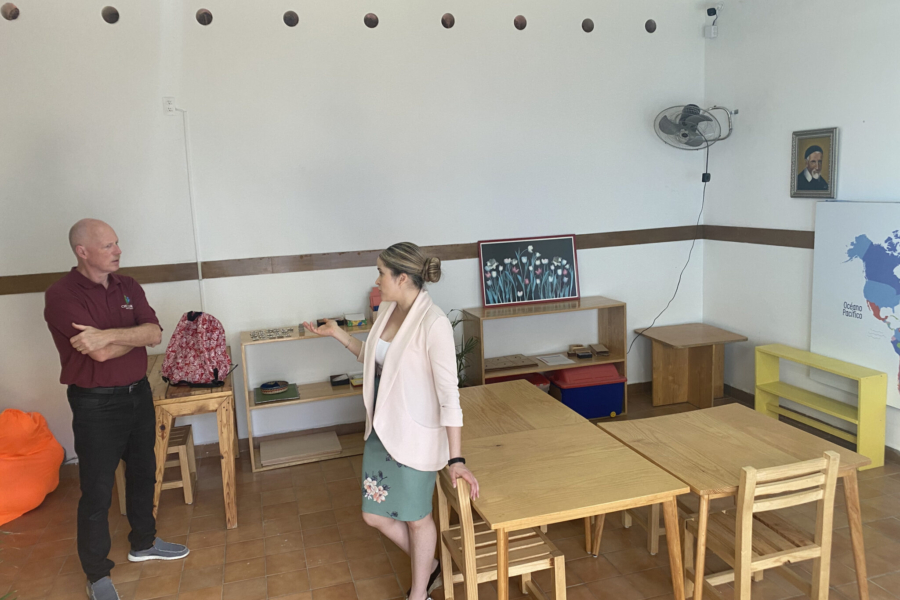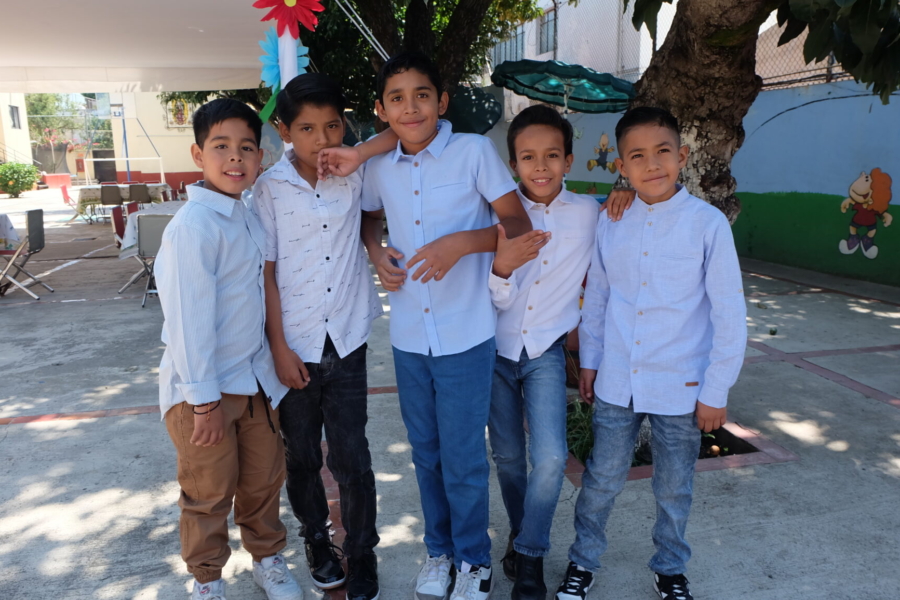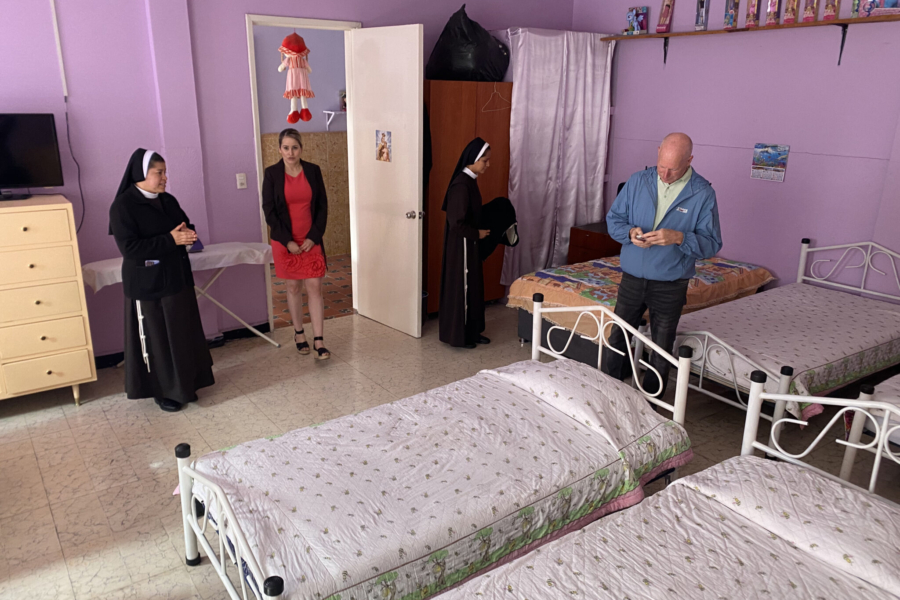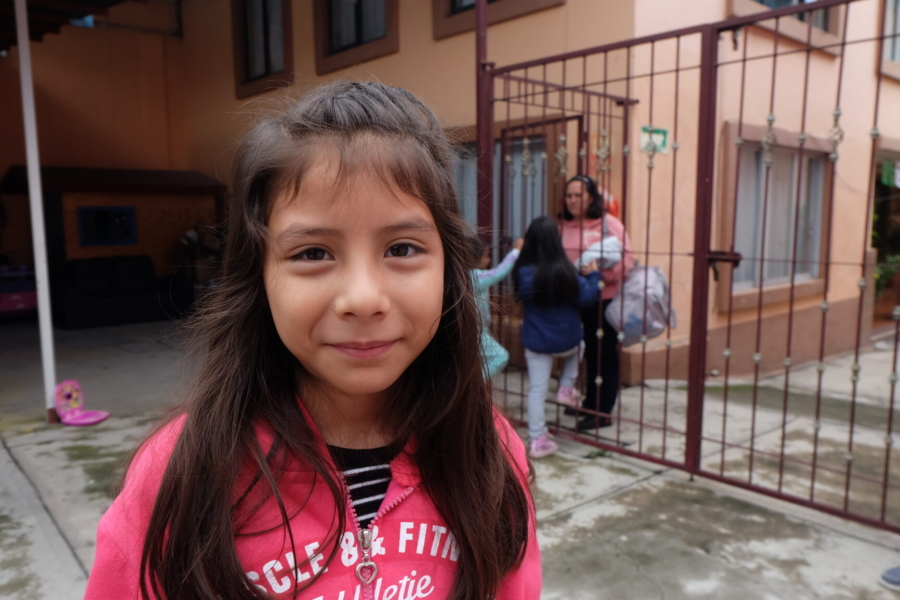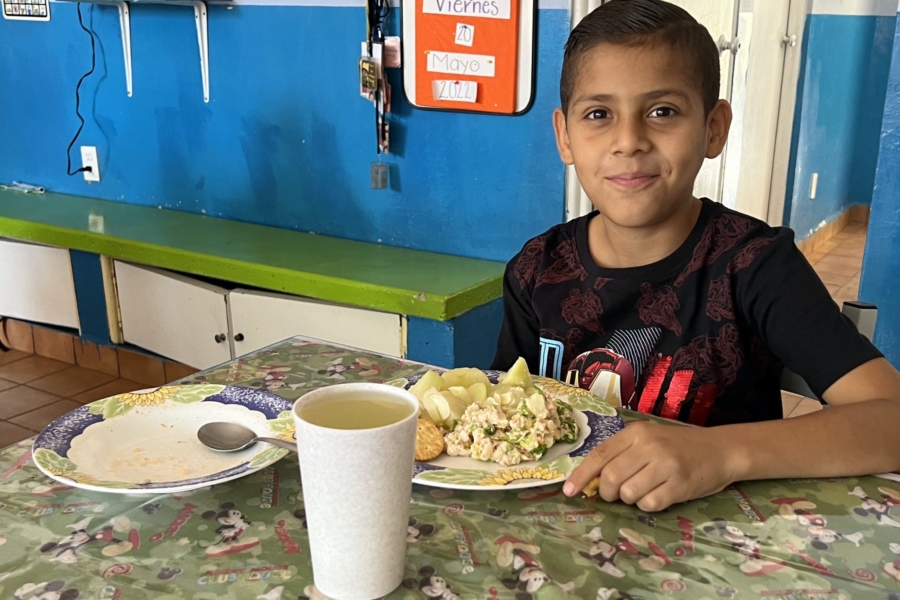International Women’s Day is coming up next week, on March 8. It’s a time for us to reflect on the contributions women make to society, despite the massive challenges they face here and around the globe.
Anyone can see that women and girls are still less valued than men and boys in many cultures. Women – even educated women – still earn significantly less than men in the job market. And in some cultures, young girls are not even given opportunities for learning or growth so that they may support themselves and their families in the future.
At Children Incorporated, we work to break that cycle, helping to give children the opportunity to get an education so that they can, as adults, rise above poverty.
We’d like to think of this as a problem found only in impoverished countries, but the discrepancy is easy to track in America as well.
A recent story in the Dallas Morning News stated that seventeen percent of women and girls in Texas live in poverty. Sadly, that’s not out of line with the national average: 14.7 percent of American women are living in poverty — a significantly higher rate than that of men — according to the 2010 Census.
A lot of that has to do with the wage gap: women still earn only 77 cents for every dollar that men make. But it also has to do with a systematic lack of opportunities for girls, and that’s where Children Incorporated has been directing its efforts.
Education is the key
We already know that education is critical in reducing poverty rates. Many children live in situations where one or both parents are either uneducated, or at the very least, are undereducated. As such, these parents often have very low-wage jobs, with few or no benefits. Due to a lack of financial resources in the family, they have an incredibly difficult time moving up and improving their station in life. If only the parents were better educated and more qualified to hold higher-paying jobs with benefits and perks, perhaps the family could escape the trappings of poverty.
At Children Incorporated, we work to break that cycle, helping to give children the opportunity to get an education so that they can, as adults, rise above poverty.
Raising role models
One shining example can be found in Santa Cruz, Bolivia. Last spring, Children Incorporated Director of Development, Shelley Callahan, and Director of International Programs, Luis Bourdet, visited Villa Emilia, a small compound just outside of the city that helps women and children who have been living on the streets turn their lives around.

When we educate girls, we give them a chance to have a better future.
The alleys of Santa Cruz are home to countless women who work the streets to keep their children fed. It’s hard and dangerous, and often illegal. The children grow up uneducated and homeless themselves. As they grow into adulthood, the boys can become laborers or field hands. The girls, however, often have no options but to take to the streets too — thus continuing the cycle.
Sister Pilar and the nuns at Villa Emilia find these families in the alleys and bring them to the community to live. The women are trained in garment making, the children are educated, and everyone is taught work ethic and life skills that they can pass down.
The Sisters also help families to build permanence and stability. When families move to Villa Emilia, they live in homes that are owned by the Sisters. However, with the wages they earn in the villa’s garment factory, the women purchase homes of their own, giving their children a fresh start living in a new home and getting an education.
Focusing on women has been paying off — the children wear clothes their mothers have sewn themselves, they live in houses purchased by their mothers, and they go to schools that are available to them because of their mothers’ efforts. These mothers have become role models for the girls — and the boys — of the next generation.
Focusing on women has been paying off – the children wear clothes their mothers have sewn themselves, they live in houses purchased by their mothers, and they go to schools that are available to them because of their mothers’ efforts.
Skills for life
In Lages, Brazil, Children Incorporated began supporting women of Grupo Art’Mulher, a community bakery that sells cookies, loaves of bread, pasta, and cakes. The group’s purpose is to teach business skills and a trade to mothers, who also earn an income for their work.
In its first year, twenty women received instruction on how to bake and how to sell baked goods. Grupo Art’Mulher began making a name for itself at the local market, and many members of the first class ended up getting jobs in the food industry.
That was five years ago, and since then, the program has only grown. The mothers of Grupo Art’Mulher have learned to support their families, and have learned cooking and business skills to pass down to their own children. They’ve also earned enough to give back – a percentage of the bakery income will be donated to start music and theater courses in a building across the street from it this year.
In some areas, like in Santa Cruz and Lages, we sponsor programs aimed toward women and girls specifically. But at all of our projects, we value girls and include them in our programs just as we do boys. We do not support work where intolerance or gender prejudice is known to exist.
In areas for which we fundraise to create special facilities, such as the computer lab we helped get up-and-running in Mexico, or the school we built in Bolivia, female students are afforded the same access to services as the male ones. In Guatemala, we support a wonderful school where children are given vocational training of all kinds – and the girls are just as involved, if not even more so, than the boys.
Changing communities is a slow, but steady process, and all evidence points to the fact that more and more girls are receiving a good education. That will allow them to do better in life financially than their parents did, and to slowly change the outlook of the entire community in which they live.
Self-Sufficiency
The Pumwani slum of Nairobi is considered one of the worst communities in the world. Between 70,000 and 100,000 people live crowded together in shacks about the size of an American bathroom, with no water or electricity, and along streets of mud.
One of our projects there is St. John’s Community Center, where 200 children are taught academic subjects, as well as trades like woodworking, metalwork, sewing, and cooking so that they can get jobs and get out of the slums.
And sometimes success is easy to see in someone’s face. Callahan and Bourdet met a graduate of the program, Mwanaharusi, who learned to sew at St. John’s. She saved enough money to buy a foot-powered sewing machine and now has her own business making clothes and mending garments.
It’s a modest success by some standards; but in the darkest corners of the world, it’s a major victory. A girl born into poverty — in a country where girls are often not educated at all — finishes school, starts her own business and is able to support herself and her family.
Moving Forward
With every success like Mwanaharusi’s, we move one step closer to equality. But we don’t do it alone. With funding from our sponsors, and with continued attention to childhood poverty and income inequality – both at home and abroad – we will keep moving forward together, one step at a time.
***
How do I sponsor a child with Children Incorporated?
You can sponsor a child with Children Incorporated in one of three ways – call our office at 1-800-538-5381 and speak with one of our staff members, email us at sponsorship@children-inc.org, or go online to our donation portal, create an account, and search for a child that is available for sponsorship.
SPONSOR A CHILD






